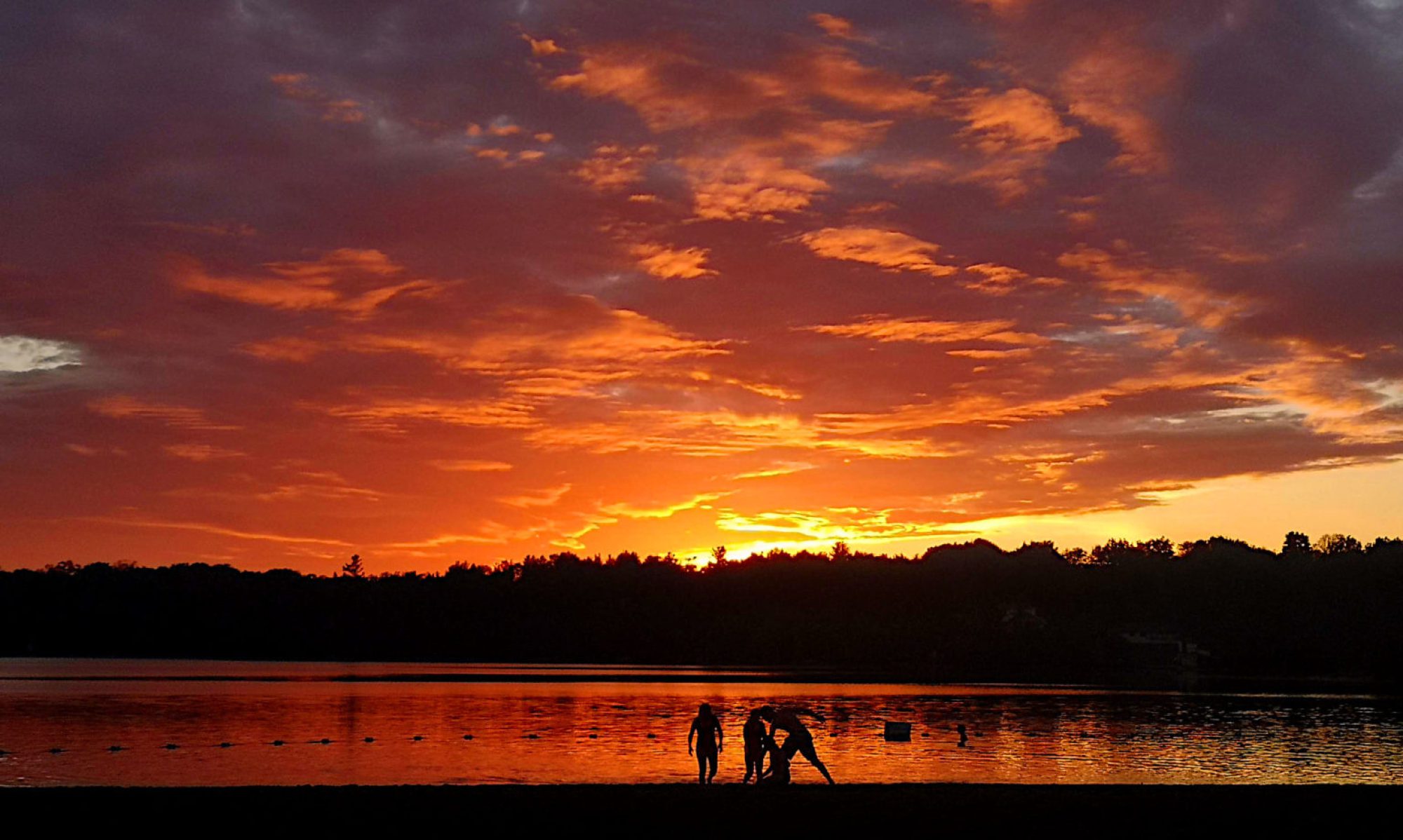Note: This is a version of my personal newsletter, which I send out via Ghost, the open-source publishing platform. You can see other issues and sign up here.
The Isle of Vaila is a 757-acre emerald chunk of land topped with a herd of heritage sheep and a 17th-century mansion built to resemble a castle. The longtime owners are selling for $2 million. The island is one of roughly 100 islands in the Shetland Islands archipelago off the northern coast of Scotland, and was the home of Richard Rowland and his wife for 30 years. It may seem remote, but it is only a 10-minute boat ride to the mainland. The 17th-century manor house—designed to mimic a castle—that comes with the island has six bedrooms and modern amenities, as well as a few secret doors and hidden gardens. The island has been inhabited since the Bronze Age.
The weird and true story of Moondog
In the 1960s in New York City lived a blind, often homeless man with a long, flowing beard, who dressed as a Viking and stood sentinel at the corner of West 54th Street and Sixth Avenue in midtown Manhattan. He sold his poetry and performed on custom-built percussion. He’d been there since the ’40s; the Viking gear came later, so that people would stop telling him he looked like Jesus—and to help him cope with navigating a metropolis where metal parking signs were at head level. Most people thought he was mentally ill; they didn’t know he was an acclaimed American composer, recording for notable labels, praised by Leonard Bernstein and Duke Ellington, and who even made a children’s record with a pre-stardom singer named Julie Andrews.

How war with Nazi Germany forced Coca-Cola to create Fanta
Coca-Cola was being bottled and sold in Germany in the 1930s, and gradually came to be part of every aspect of life – including the rise of the Nazi party. The company sponsored the 1936 Berlin Olympics, and made banners featuring the Coca-Cola logo alongside the swastika. The head of Coca-Cola’s Germany operations used a 10th anniversary party to order a mass Nazi salute in honor of Hitler’s 50th birthday. But America’s entrance into World War II meant that US companies had to stop all business activities with Germany – so the head of Coca-Cola’s operations there invented what became Fanta. It was technically fruit-flavored, but the ingredients were less than appetizing: leftover apple fibers, mash from cider presses, and whey, a cheese by-product.
Researchers find graffiti in the pages of an ancient medieval manuscript
For nearly 1,300 years, no one knew it was there. The name of a highly educated English woman, secretly scratched on to the pages of a rare medieval manuscript in the eighth century, but impossible to read – until now. Academics have discovered the Old English female name Eadburg was repeatedly scored into the surface of the religious text, using a method that kept it hidden from the naked eye for more than 12 centuries. The covert writing of the woman’s name was finally revealed when researchers at the Bodleian Library in Oxford used cutting-edge technology to capture the 3D surface of the ancient manuscript, a Latin copy of the Acts of the Apostles made in AD 750.
There used to be many different kinds of ketchup, but now we only have one
In the early- to mid-1800s, Americans fermented tomato ketchup from a variety of home recipes. The first recorded recipe for a home-fermented tomato catsup was published in 1810, a descendant of British imitations of Asian “cat-sup,” or fermented fish sauce, that the British encountered on colonial voyages. Tomato catsup, which cooks made with ingredients such as apples and anchovies in addition to tomatoes, caught on quickly due to its bright flavor, which livened up an otherwise monotonous American diet. And because it was fermented, it boasted a shelf life of one to seven years. But when the government outlawed the use of benzoates, which were used to ferment the tomatoes, the only ketchup left standing was the one made by a former horseradish-peddler named H.J. Heinz.
The “demon river” and the most expensive disaster in British Columbia’s history
The makings of a very bad day on the Nicola River first took shape in the afternoon of November 12, 2021. Just north of Hawai‘i, a vast reservoir of moisture had pooled in the sky, fed by a humid tropical jet stream and evaporation from an unseasonably warm Pacific Ocean. Like water spilling out of a lake into a canyon, the moisture began to flow northeast, squeezed between a low-pressure system and a high-pressure system. In less than a day, the plume traveled 2,000 kilometers to North America’s west coast. From space, it looked like a rushing river, and the comparison is more than fair: it probably carried more water than the Amazon, the world’s largest river by volume.
